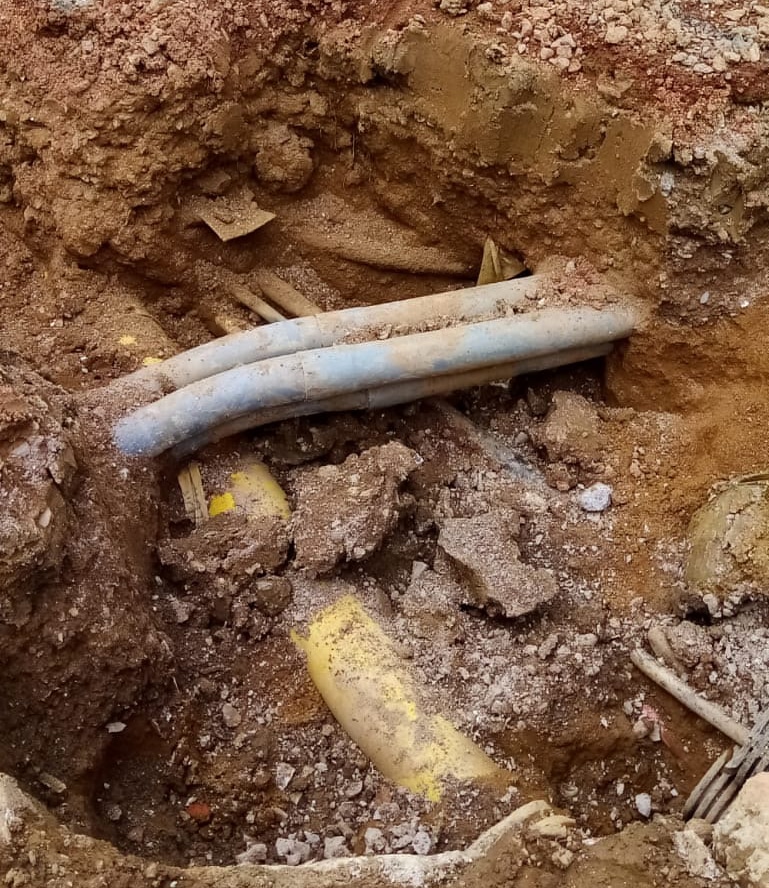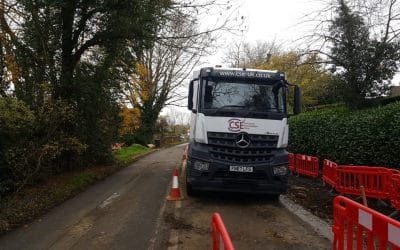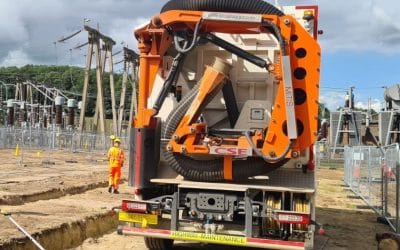Safe excavation methods are vastly becoming an essential process on construction sites as well as new builds and so, our team have taken a closer look at the process in more detail…
Importance of Utility Detection
Before contractors begin to break the ground, it should be taken into consideration what is underneath the surface and what potential hazards the team may occur.
Often, plans for the site can assist in identifying any underground cables and buried assets that need to be carefully considered before going ahead with the job. Plans for any older sites that may have developed extensively throughout the year, will not provide full visibility for all buried hazards and so, the on-site contractors need to consider a full audit before starting on any excavations.
Plan Your Work
The Health & Safety Executive provides full guidance for managing risks around the excavation of underground cables. The popular HSG47 Guidance recommends the following three steps for safe excavation:
- Plan
- Locate
- Safe Excavation
All teams must ensure that they plan the work thoroughly before commencing. It may be helpful to draw on-site plans and gather as much intelligence as possible in order to assess the potential risks and to identify any safety concerns when it comes to excavating. Workers ought to use a ground penetrating radar (GPR) survey to identify all underground cables and ensure that these are correctly and clearly marked on the ground prior to starting any work. For the areas in which underground hazards have been identified, it is recommended that workers undertake safe excavation methods such Vacuum Excavation for a no-dig alternative that will reduce the risk of injury or asset damage.
Consultation for Safe Digging
For any complex sites, it is a bonus to seek advice from the safe excavation experts on which is the best approach in order to minimise any risk to workers on-site. Quite often, no-dig, trenchless techniques can reduce time, risk and ensure that any construction projects are delivered on time and without any major disruption.
Vacuum Excavation offers a faster, more cost-effective solution than manual hand digging. A standard Vacuum Excavation can remove 2m3of spoil per hour, while an inbuilt skip can hold up to 10m3 before it needs to be emptied. In short, one suction excavator will complete a job in the fraction of time in which it would take a team of labourers or a digger.
Another beneficial aspect of Vacuum Excavation is that it is a significant time saver.
If you would like to enquire about any of our systems or hire our team for work, please get in touch with a member of our team who will be happy to answer any questions.





